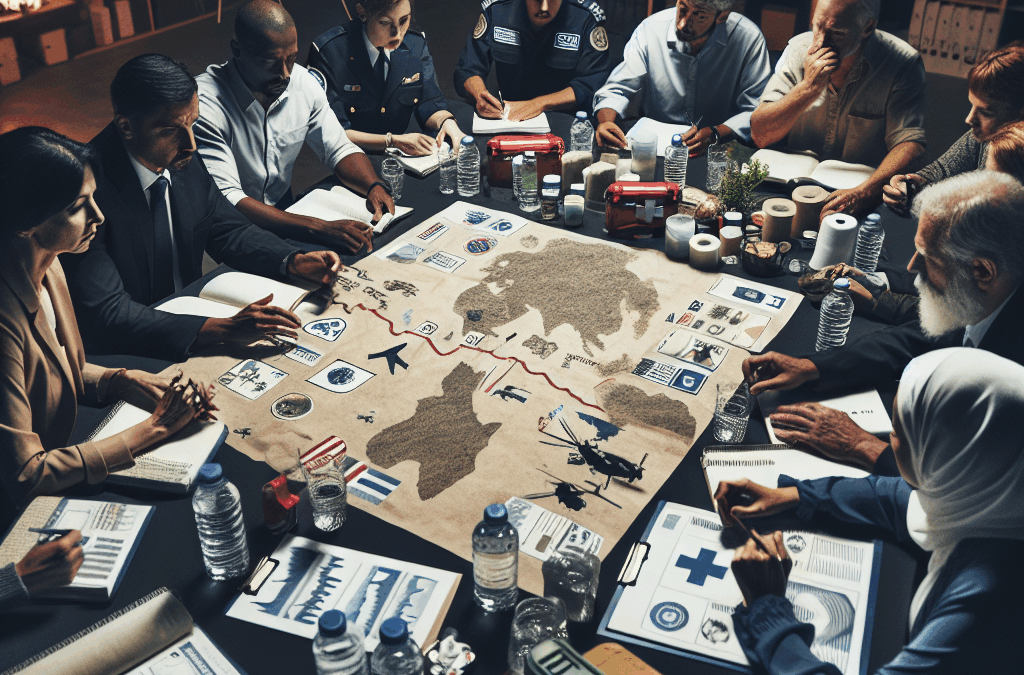Disasters can strike without warning, often leaving chaos in their wake. From natural calamities like hurricanes and earthquakes to man-made emergencies such as chemical spills or power outages, understanding the risks specific to your area is crucial. Take time to research common disasters that may impact your community. Local government websites and emergency management agencies offer valuable insights into historical data and vulnerability assessments. Knowing what to expect can significantly shape your preparedness strategy.
Once you’ve identified potential threats, the next step is creating a comprehensive emergency kit. This kit should include essentials that you cannot overlook—think food, water, medications, and first aid supplies. Aim for a three-day supply of non-perishable food items and at least one gallon of water per person per day. Don’t forget important documents like identification and insurance policies; having digital copies stored securely can save time during an emergency. Additionally, consider including tools such as a flashlight with extra batteries, a multi-tool, and even a whistle to signal for help if needed.
Your family communication plan is another cornerstone of disaster readiness. In times of crisis, staying connected can be challenging yet vital. Designate safe meeting locations both close to home and further away in case evacuation becomes necessary. Ensure every family member knows how to reach each other through various means—whether it’s phone calls or social media—and practice these plans regularly. Consider using group messaging apps or social media platforms specifically designed for emergencies; they can serve as lifelines when traditional communication methods fail.
Safety begins at home, so conducting regular home safety assessments is essential in mitigating disaster risks. Check that smoke detectors are functional and install carbon monoxide alarms in key areas of your house. Secure heavy furniture that could tip over during an earthquake or storm, and ensure windows are easily accessible in case quick exits become necessary. A well-prepared household not only protects its occupants but also acts as a resilient fortress against unpredictable events.
In our tech-savvy world, staying informed has never been easier—or more critical! Utilize technology to access real-time updates about weather conditions or emergencies in your vicinity through mobile apps or local news alerts. Social media platforms also play an invaluable role; following official accounts related to disaster response can provide immediate information during crises when every second counts.
Finally, don’t underestimate the power of community involvement in preparedness efforts! Engage with neighbors by organizing local meetings focused on disaster readiness; sharing resources can amplify individual efforts significantly. Establishing neighborhood watch programs not only fosters relationships but also builds collective strength when facing adversities together.
Thank you for reading this post, don't forget to subscribe NOW for FREE!
In conclusion, preparing for the unpredictable requires diligence and foresight but pays off immensely when disaster strikes unexpectedly. By understanding local risks, assembling comprehensive emergency kits, developing effective communication strategies within families, evaluating home safety measures regularly while leveraging technology accurately—and most importantly—fostering strong community ties—you’ll cultivate resilience against whatever challenges come your way!






